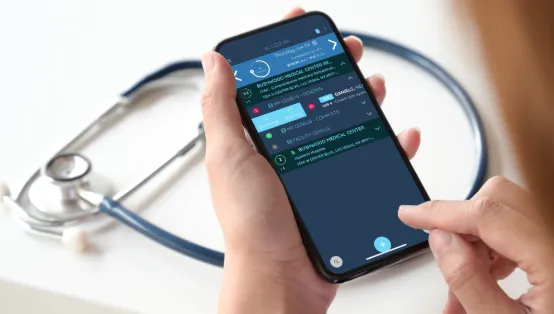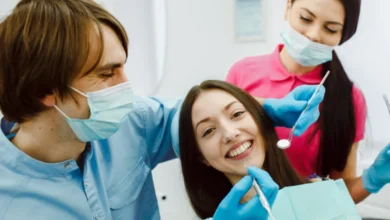Optimising Revenue in Healthcare: The Critical Role of Mobile Charge Capture

Mobile charge capture may not be the most essential item on the minds of healthcare providers when they concentrate on the wellbeing and well-being of their patients and their practices. The absence of charges, the insufficient understanding of data and non-compensated work all hinder medical groups and health systems from achieving their financial and quality goals and providing healthcare services.
Companies can see the management of revenue cycles (RCM) as a fundamental aspect of business. There are many ways that healthcare professionals can improve the efficiency and effectiveness of their billing and tracking practices. Mobile charge capture must be the main focus of their initiatives.
How do you define charge capture?
Accurate, timely charge capture assures that healthcare providers get paid for all the services they offer patients. The process could be as easy as the healthcare provider writing notes during a patient visit. In fact, in research conducted by Ingenious Med., a quarter of healthcare facilities utilize paper records to aid in charging capture.
However, paper records are usually unreliable because of lost charge slips or inaccessible documents. Using the electronic health records system (EHR) to record charges is not always a complete way to capture charges for services, mainly when complicated procedures are being performed, or patients are diagnosed with multiple diagnoses.
For their business practices to flourish, service providers must document and receive compensation for all their services. This is the goal of a successful charge capture system.
Why is mobile charge capture necessary?
Contrary to EHRs or paper devices, a mobile charge capture system has been specifically designed to record, cross-reference, and record every charge and to make charge capture simpler for the service provider in the moment of need. This is why charge capture at the point of care is the best way to increase revenue.
Although doctors and nurses spend more than 40% of their time on the computer, they are still unable to pay. The farther a doctor is from the patient’s care location, the higher the chance of omission or error. A mobile charge capture device can follow the provider to various health care facilities and operate from anywhere.
If physicians can’t accurately record charges, additional staff time is required to locate the incorrect information, which delays billing. According to Ingenious Med’s study, the majority of coding departments devote between 10 and 25% of their time to addressing the gaps in documentation.
The study compared the most efficient companies and found that they recollected costs within 24 hours, paid invoices within a day or three days, and had a denial rate of less than 3 per cent while utilising fewer coders.
Mobile charge capture and EHRs
Hospitals and healthcare systems are under intense pressure to increase their operating margins, prompted by factors ranging from declining Medicare costs to the transition from inpatient to outpatient care.
Over three-quarters of hospitals depend in part or completely on their EHR systems to record charges. Although EHRs can perform the basic task of charge collection, they are difficult to operate, do not take in complex charges, and aren’t available to doctors on the move.
When used with the most effective methods and best practices, mobile charge capture will not only result in a tangible increase in the number of charges recorded but also provide an accurate depiction of what happened. An ROI investigation of 37 Ingenious Med clients revealed that the average amount of charges per patient rose 7 percent.



